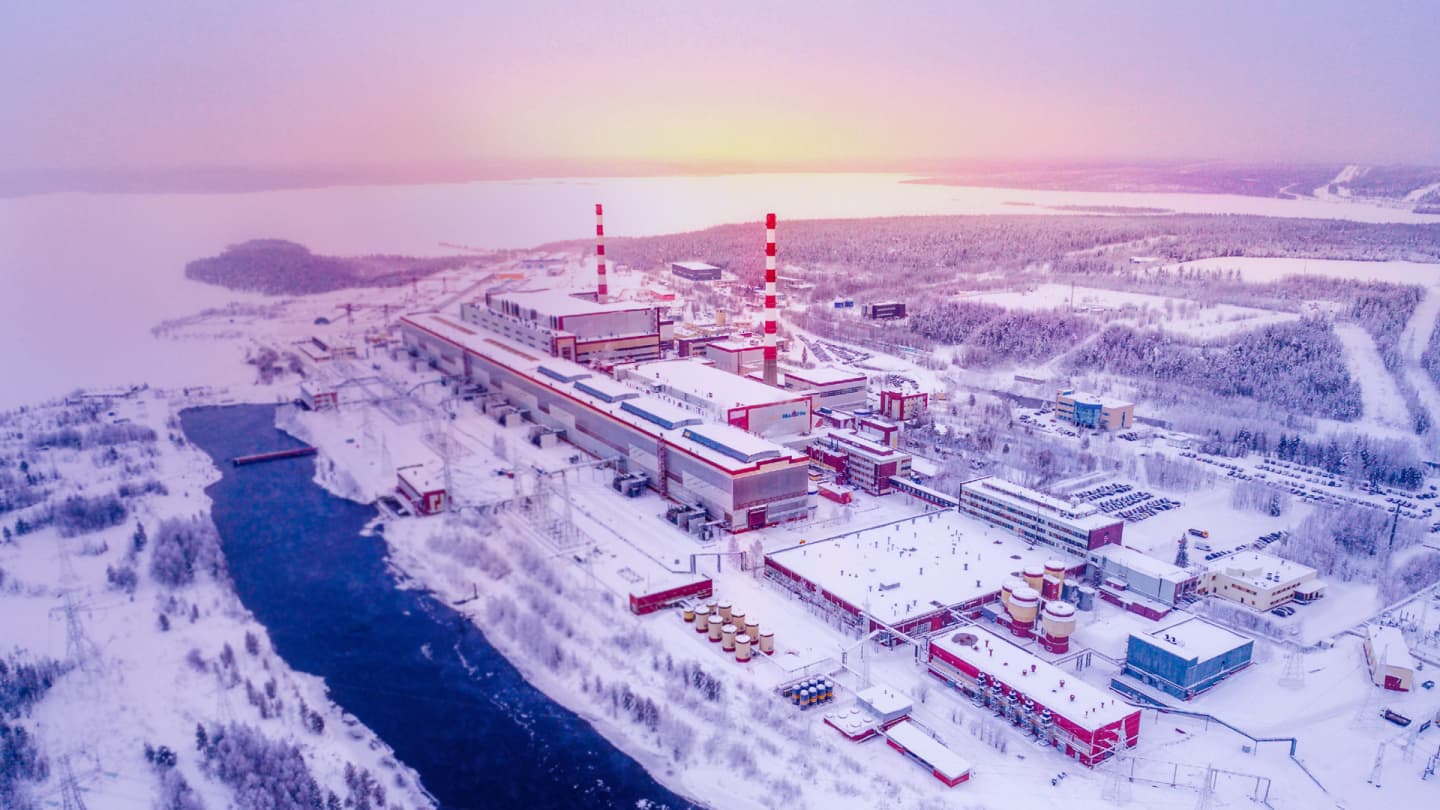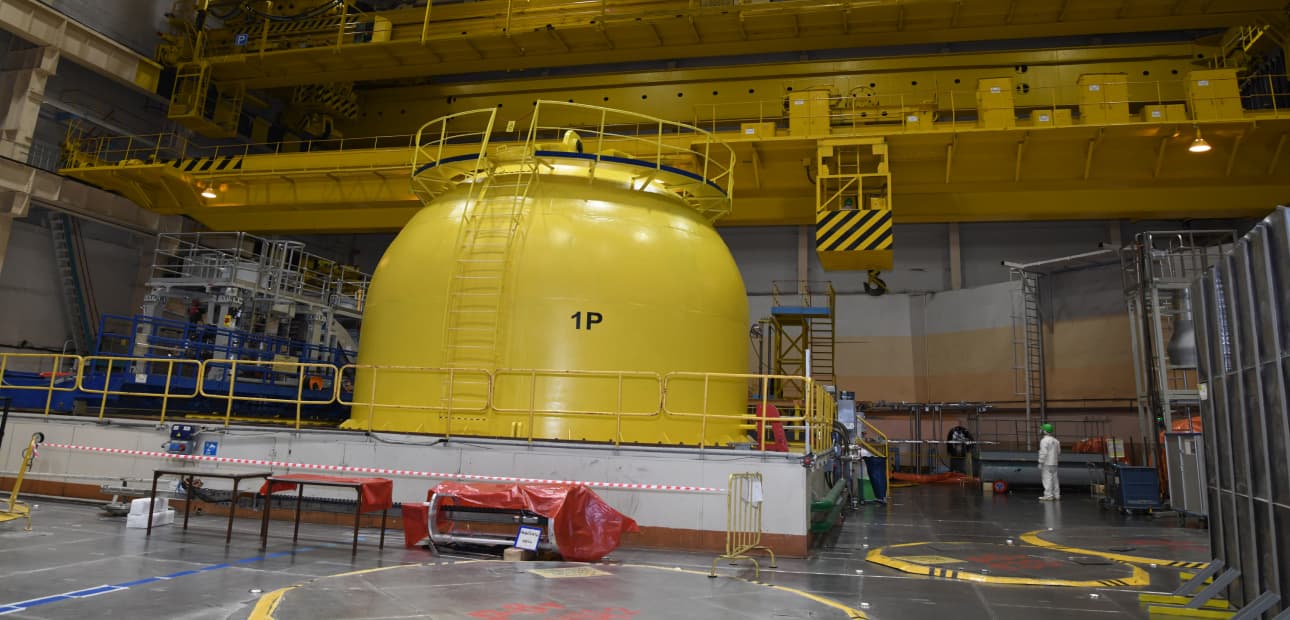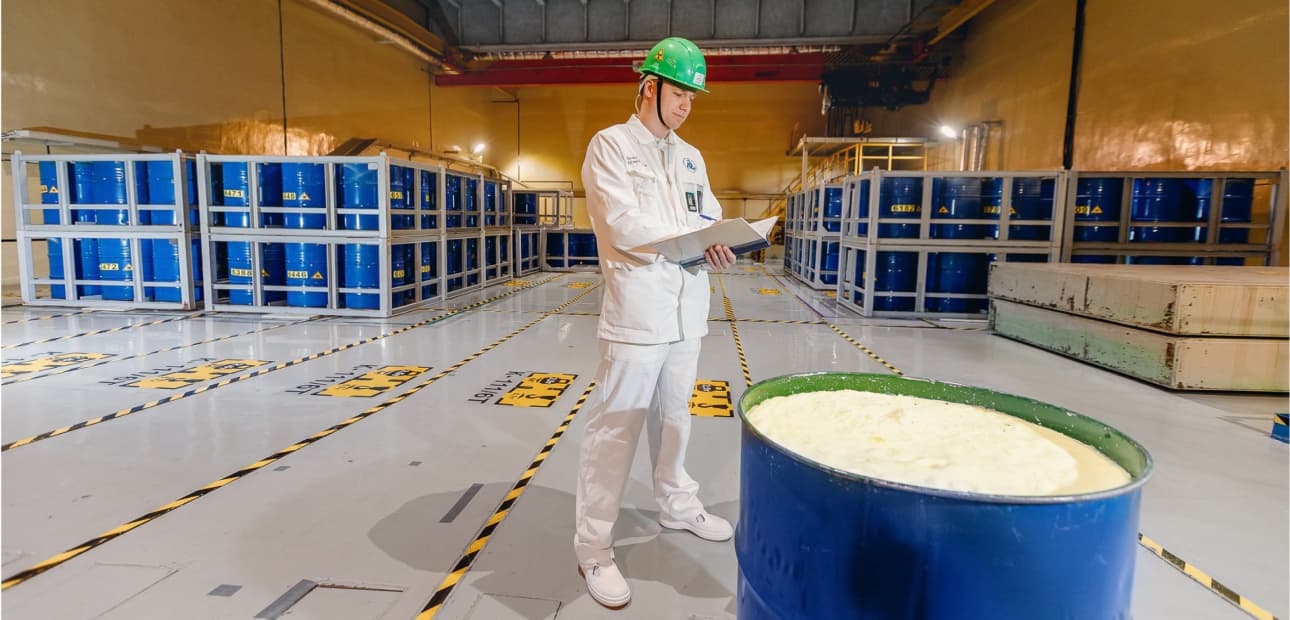Nuclear power plant safety systems
The basic principle of safe operation of a nuclear power plant is to prevent an uncontrolled escape of radioactive products. The power units of Kola NPP have a high safety performance. Their main safety features include the principle of self-protection of the reactor unit, the use of safety barriers (the defense-in-depth concept), and the redundancy of safety.
Defense-in-depth concept
This concept envisages a general strategy focused on NPP safety measures and features. It guarantees that neither a single human error, nor a mechanical failure results in damage to the population. The defense-in-depth helps to ensure the fulfillment of three key safety functions: capacity control, containment of radioactive materials, and prevention of their release into the environment.
Self-protection principle
VVER reactors have a configuration of the reactor core ensuring “self-protection” or “self-regulation” of the reactor. When the reactor power increases and, consequently, the temperature of the reactor core rises, the nuclear reaction dies out due to natural feedback.
In order to stop the chain reaction quickly and efficiently, neutrons involved in this process must be absorbed. An absorber is used to accomplish this. The absorber in the form of rods is inserted into the reactor core to reduce the neutron flux level or to shut down the reactor completely.
Electromagnets are used as the drives for the rods to ensure their immersion into the reactor core. This principle guarantees that the rods will drop even if the power unit is de-energized: the powered down electromagnets will stop holding the absorber rods and they will drop down by gravity.
Another method of stopping the chain fission reaction is to increase the concentration of boric acid in the coolant: where necessary, the boric acid solution is used by numerous emergency systems.
Passive safety systems
Passive safety systems do not require any personnel intervention to be actuated. Passive safety systems at the power units of Kola NPP comprise hydraulic accumulators of the emergency core cooling system. 4 accumulators have been installed at each power unit.
Besides, passive containment systems have installed at the power units of Kola NPP, such as a jet-vortex condenser (units 1 and 2) and an bubble condenser system (units 3 and 4) (a condenser in the form of chutes filled with water with hoods covered by sealed casings on top).


